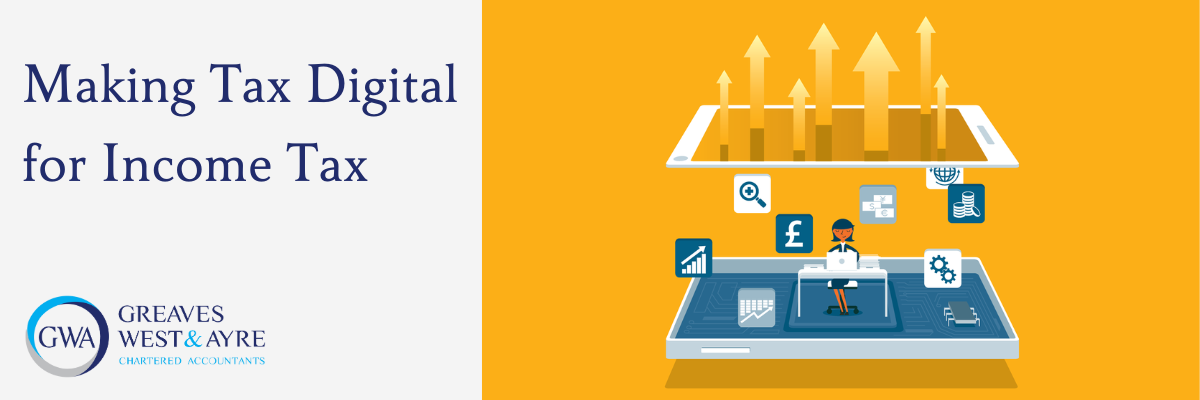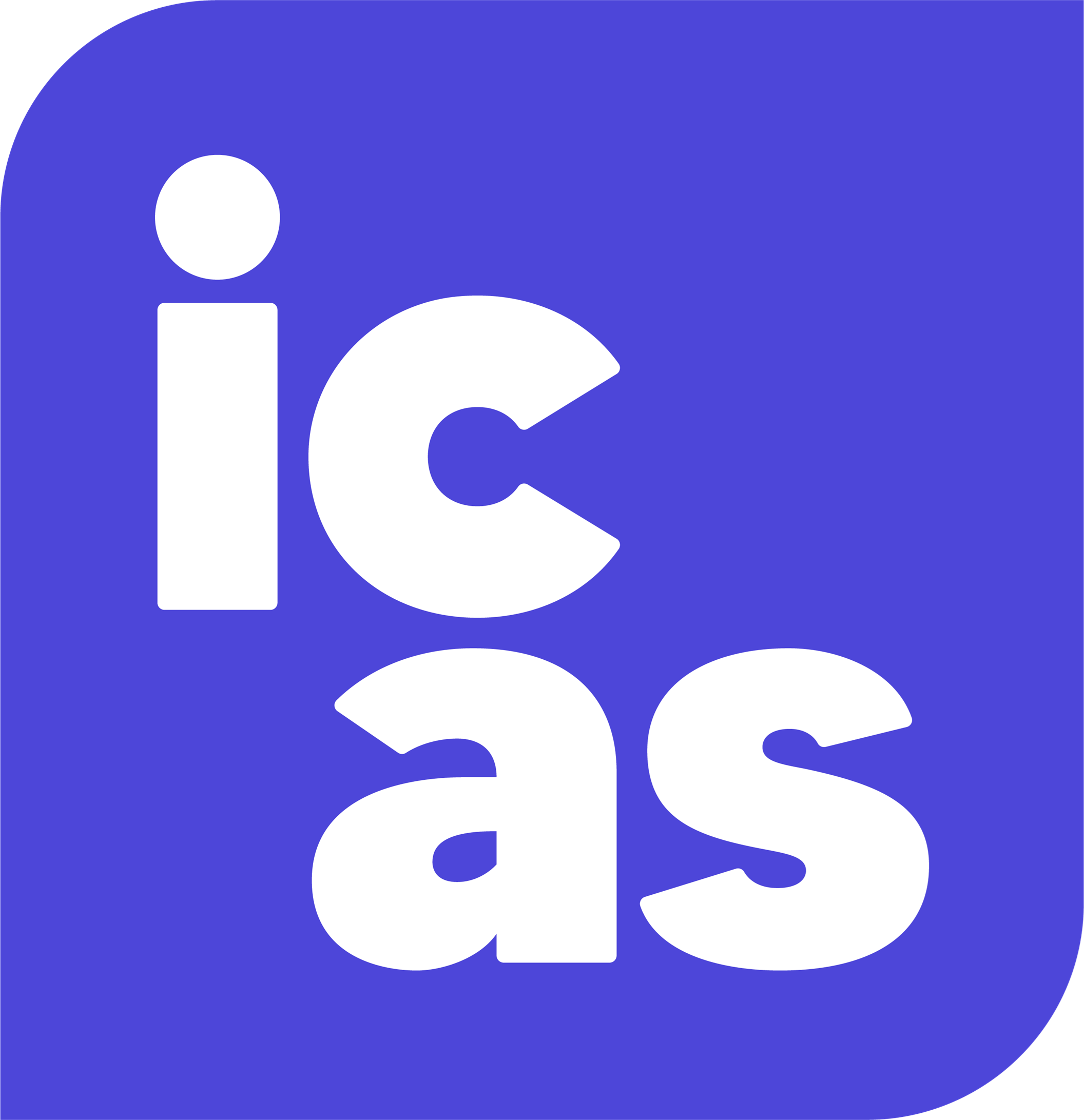Making Tax Digital for Income Tax

From April 2026 HMRC is introducing a new method for sole traders and landlords to report income and expenses, called ‘Making Tax Digital for Income Tax’. This is part of the broader initiative to modernise the UK tax system, aiming to simplify and improve the efficiency of tax returns. Let’s look into the key aspects of MTD for Income Tax and what it means for you.
What is Making Tax Digital for Income Tax?
Making Tax Digital (MTD) for Income Tax is a significant shift in how self-employed individuals and landlords report their earnings to HMRC. The goal is to promote better and more timely record-keeping to reduce errors and mistakes. Under MTD, many landlords and self-employed individuals will be required to keep digital records of their trading income and expenditure.
MTD aims to:
- reduce errors through better record keeping.
- increase transparency with more frequent updates.
- encourage timely tax payments and improved compliance.
Who Does MTD Apply To?
MTD for Income Tax applies to self-employed business owners and landlords who currently complete an annual Self-Assessment tax return. It does not currently apply to limited companies, partnerships, limited liability partnerships, or trusts.
Implementation Phases
MTD for Income Tax will be implemented in three phases:
- Phase 1 from April 2026: Taxpayers with gross qualifying income of more than £50,000 (based on the 5 April 2025 tax return).
- Phase 2 from April 2027: Taxpayers with gross qualifying income of more than £30,000 (based on the 5 April 2026 tax return).
- Phase 3 from April 2028: Taxpayers with gross qualifying income of more than £20,000 (based on the 5 April 2027 tax return).
Measuring Gross Qualifying Income
Gross qualifying income is measured as the total combined income (before expenses) from sole trade and property businesses. Where a taxpayer has both trading and property income, it is the combined income that will determine the threshold for gross qualifying income.
For jointly held sources of income, such as rental property, only the relevant share of the gross income is counted.
Key Requirements of MTD for Income Tax
Taxpayers within the scope of MTD for Income Tax must:
- keep digital records using MTD-compatible software.
- submit quarterly updates of income and expenses.
- file a Final Declaration end-of-year digital tax return.
Choosing the Right Software
MTD for Income Tax digitises record-keeping, so it is important to select an appropriate solution that meets the needs of individual taxpayers. HMRC has published a list of available software that is compatible with the requirements of MTD. This includes simple solutions for taxpayers with straightforward affairs, as well as commercial software solutions like Xero or QuickBooks for those with more complex affairs.
Maintaining Digital Records
Taxpayers within the scope of MTD for Income Tax will need to keep digital records for trading and property income. This will require a record of each individual transaction, including the amount, date, and category of income and expenses relating to their sole trade and/or property businesses.
Simplified Reporting Options
Where trading or property income is above the MTD for Income Tax threshold but below the VAT registration threshold of £90,000, it is possible to maintain simplified records. Taxpayers can choose to record each item of income and expenditure without allocating it to specific categories. Under these circumstances, only total income, total expenditure, and net profit (three-line accounting) will need to be reported each quarter.
Quarterly Updates and Deadlines
The quarterly returns must be submitted using MTD-compatible software and are simple summaries of the income and expenses sourced from the digital records. The figures are submitted each quarter and are cumulative for the year-todate, allowing for corrections to be made to previous quarters without the need to resubmit any previous quarters. The reporting deadlines depend on whether a taxpayer follows tax quarters or calendar quarters.
Final Declaration
Using the MTD-compatible software, a final declaration must be submitted to HMRC after the last quarter return has been filed. This will replace the current Self-Assessment tax return and is also the point at which information on any other sources of income is provided to HMRC.
Voluntary Sign-Up and Testing Phase
Taxpayers can voluntarily sign up to test MTD for Income Tax ahead of the April 2026 deadline. However, a Self-Assessment tax return will still be required for 2024/25. Note that HMRC’s new penalties will apply if the tax return or any payment due is late. There will be no penalties during the testing phase for missing a quarterly reporting deadline.
Changes in Circumstances
After signing up for MTD for Income Tax, taxpayers will need to inform HMRC if their circumstances change. This includes adding a new source of self-employment or property income, notifying of a cessation of an income source, opting out of the testing phase if signed up voluntarily, and amending a quarterly return.
Penalties for Late Submission
A points-based penalty regime will apply for late quarterly submissions once MTD for Income Tax goes live. However, penalty points will not be issued during the testing phase for anyone taking part.
Digital Exclusion Exemption
A digital exclusion exemption is available that mirrors the current exemption for MTD VAT. The exemption is expected to cover those who do not use computers for religious reasons as well as those who are unable to comply because of age, disability, or location. There will be a requirement to apply to HMRC for the exemption, however further guidance is expected from HMRC.
Conclusion
Making Tax Digital for Income Tax represents a significant change in how self-employed individuals and landlords manage their tax affairs. By understanding the requirements and preparing in advance, you can ensure a smooth transition to the new system.
We are contacting all clients that we believe will need to sign up for Making Tax Digital for Income Tax by April 2026, however if you have any questions or require assistance, please do not hesitate to contact us.


